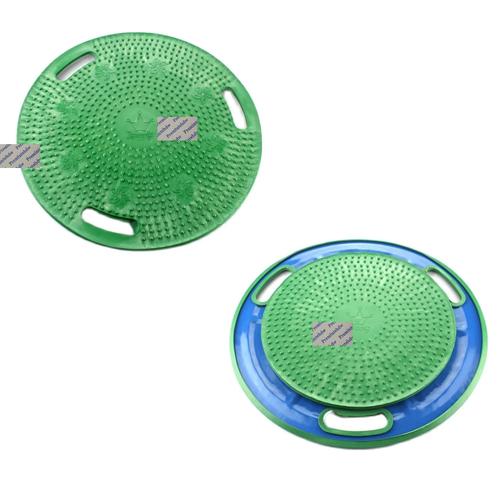Ball Bearings for Electric Motors: Types, Selection, Maintenance, and Troubleshooting Guide
Ball bearings are critical components in electric motors, reducing friction between rotating parts while ensuring efficient energy transfer. Designed to withstand radial and axial loads, these precision-engineered elements directly impact motor lifespan, noise levels, and operational reliability across industrial and consumer applications.
1、types of ball bearings in electric motors2、how to choose bearings for electric motors
3、maintenance of motor bearings
4、signs of bearing failure in motors
5、ceramic bearings vs steel bearings for motors
1、types of ball bearings in electric motors

Electric motors utilize four primary bearing types: deep groove ball bearings (most common for moderate loads), angular contact bearings (handles combined loads), thrust ball bearings (axial load specialists), and self-aligning ball bearings (compensates shaft misalignment). Deep groove variants dominate small-to-medium motors due to their versatility in handling both radial and axial forces. Angular contact designs become essential in high-speed applications requiring precise axial load management. Material selection varies from standard chrome steel to hybrid ceramics, each offering distinct advantages in thermal stability and corrosion resistance.
2、how to choose bearings for electric motors
Bearing selection requires analyzing operational parameters: rotational speed (DN value), load characteristics (direction/magnitude), temperature range, and environmental conditions. Engineers must calculate required basic dynamic load rating (C) and basic static load rating (C0) based on ISO 281 standards. For high-speed applications (>15,000 RPM), consider hybrid ceramic bearings with superior thermal properties. Harsh environments demand stainless steel or shielded/sealed variants. Always verify dimensional compatibility with shaft/housing specifications and consult ABEC tolerance classes for precision requirements.
3、maintenance of motor bearings
Proactive maintenance extends bearing service life by 30-50%. Implement vibration analysis programs to detect early wear signs. Relubrication intervals depend on operating conditions – typically 6-24 months for grease-packed bearings. Use compatible lubricants (polyurea vs lithium-based) per manufacturer specifications. Monitor temperature spikes exceeding 70°C (158°F) which indicate lubrication breakdown. For sealed bearings, avoid pressure washing and implement proper storage protocols to prevent grease separation. Alignment checks during installation prevent premature failure from improper mounting forces.
4、signs of bearing failure in motors
Audible indicators include high-frequency whining (early wear) progressing to grinding noises (advanced damage). Vibration analysis reveals increasing amplitude in frequency ranges corresponding to bearing defect frequencies (BPFO, BPFI). Thermal imaging detects abnormal heat patterns near bearing housings. Visual inspection shows discoloration (overheating), pitting (electro-erosion), or rust (moisture ingress). Electrical testing identifies shaft currents damaging raceways in VFD-driven motors. Catastrophic failure manifests through seized rotation or complete motor lockup requiring immediate shutdown.
5、ceramic bearings vs steel bearings for motors
Silicon nitride ceramic bearings offer 60% weight reduction and 3x higher speed capability compared to steel counterparts. Their non-conductive properties eliminate electrical arcing damage in VFD applications. While initial costs are 5-8x higher, ceramic hybrids deliver 5-10x longer service life in extreme conditions. Steel bearings remain cost-effective for standard applications with proper maintenance. Hybrid solutions combine steel races with ceramic balls, balancing performance and cost. Conduct lifecycle cost analysis considering energy savings from reduced friction (3-7% efficiency gain) when evaluating premium bearings.
Understanding bearing types, selection criteria, maintenance protocols, failure symptoms, and material comparisons empowers engineers to optimize electric motor performance. This guide systematically addresses critical aspects from initial bearing specification through operational troubleshooting. Subsequent sections provide actionable insights for implementing predictive maintenance strategies and cost-benefit analysis of advanced bearing technologies.
From selecting appropriate bearing types to interpreting failure diagnostics, this comprehensive guide delivers essential knowledge for maintaining electric motor efficiency. Proper bearing management reduces downtime by 40% and energy consumption by 15% in typical industrial applications. Implement these best practices to achieve optimal motor performance and maximize ROI on rotating equipment.




 13869596835
13869596835